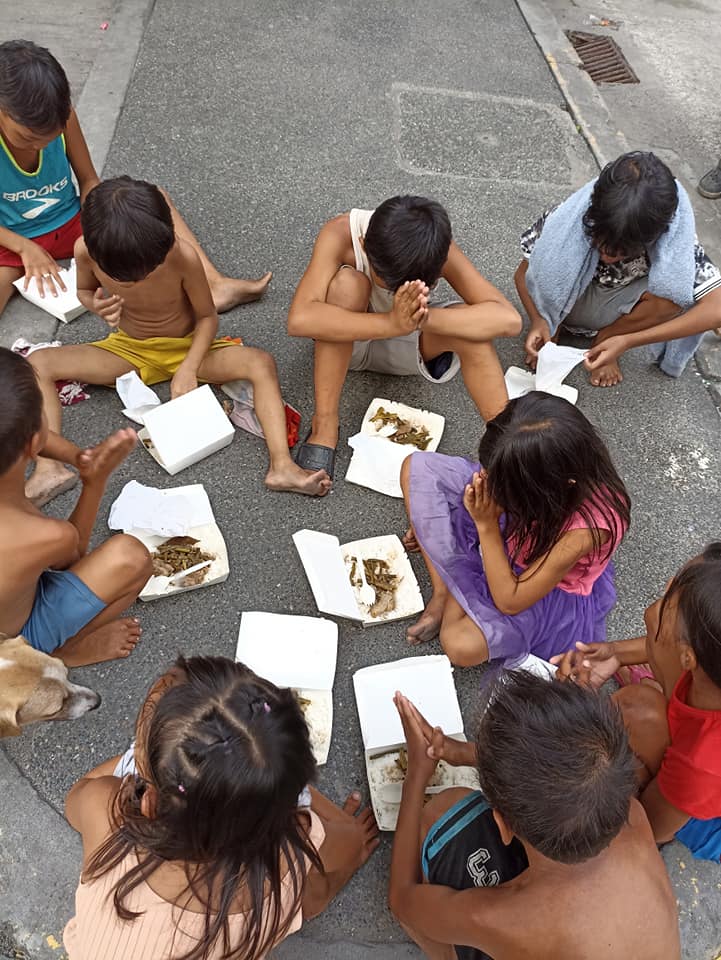By Noel Feliciano
How do you bridge the distance between being homeless and helping the homeless?
Our experience at the Arnold Janssen Bahay Kalinga (BK) in Caloocan City is showing us it’s not such a big leap.
The Foundation first opened its stay-in residence, BK, on July 16, 2020, the feast of Our Lady of Mt. Carmel, welcoming homeless people in the metro to learn new skills and undergo formation in an effort to help them start a new life.
Initially, BK accepted homeless people who had already been seeking refuge in the seven (7) safe shelters the Foundation helped manage in Manila during the COVID-19 lockdowns.
The distance of 28.4 kilometers
Soon it became clear that BK was a milestone which needed to take center stage in the equation of “systematic, wholistic, and dignified care” for the homeless.
We soon realized that the formation cycle of the homeless needed a tweak, one that recognized a natural link between BK in Bagong Silang, Caloocan and the AJ Kalinga Center (KC) in Tayuman, Manila.
How do we work out the equation of “Kinalinga ako sa Kalinga kaya mangangalinga din ako sa iba ng may galak”?
The answer is found at a distance of 28.4 kilometers: the distance between Tayuman and Bagong Silang.
The so-called equation shows that there should be an exchange between BK and KC, with a focus on the integral formation of homeless residents under their care.
‘Come and see’
The formation team soon realized that the logical place to welcome the homeless was in BK.
It would be where everything would start.
For a homeless person to see himself and the world in a new way, he has to first feel that he has the personal agency to choose and decide for himself.
People living on the street value freedom above many other things, including comfort, and this is why a “Come & See” program was designed.

In this initial 5-day “immersion” in the life in BK, homeless people join the daily schedule and see what life is like there.
They are then brought back to the streets to give them time to think about their commitment to take the first steps towards a new life.
They would have to leave the hard life on the streets, but something new definitely awaits them.
When a homeless person decides to come back, they are then officially admitted and some of their more urgent needs are met. This second stage includes:
- Catechetical formation;
- Psycho-spiritual interventions and Counseling;
- Alternative Learning System (ALS) classes;
- Skills Training;
- Employment and Referrals;
The formation in BK reflects the foundation’s focus on wholistic and dignified care.
“I was hungry and you gave me something to eat, I was thirsty and you gave me something to drink” (Matthew 25:35).
Feeding the homeless is the first step, nourishing their minds and hearts is the next. Imagine how grateful street dwellers are when their basic needs are met—and then some.
Coming full circle
Meanwhile, the AJ Kalinga Center in downtown Manila becomes an intermediary destination for their continuing formation and re-introduction into mainstream society.
Since the goal of the entire track is to help the homeless become productive members of society and of the workforce, KC and its daily grind of feeding 1,000 homeless people is a perfect location for an on-the-job training experience for those who have graduated from the Kalinga values formation series in BK.
Emphasizing Jesus’ words to Peter, “Go, feed my sheep!” (John 21:17), the KC experience gives the homeless residents of BK a chance to prepare, cook, and distribute food to street dwellers, leading them back to where they came from: the streets.
They come full circle, this time, with purpose and a different lens to see the world.
Homeless people often realize the difference between how they first received from Kalinga and their new reality of giving or feeding others also through Kalinga.
Ultimately, the tweak embodies the foundation’s motto: ”Kinalinga ako sa Kalinga kaya mangangalinga din ako sa iba ng may galak (I was cared for in Kalinga that’s why I, too, will care for others with joy).”
Their deepest desires
To complete the formation cycle, after their stint at KC, the homeless residents would then return to BK for the “Moving Forward” phase.
The final step, this is where the staff and formators help find them jobs, facilitate employment, and reunite and reconcile them with their families.
The two unrealized longings of the homeless person are dignified work and family reintegration.
In this last step, the foundation tries its best to fulfill both.
To many, they are simply vagabonds, beggars, thieves, even, the outcasts of society—just because they are hungry and thirsty and have nowhere to call home.
They are, however, precisely the ones that the foundation seeks to serve.
As in many things, a huge gap can always be filled with a little love.

